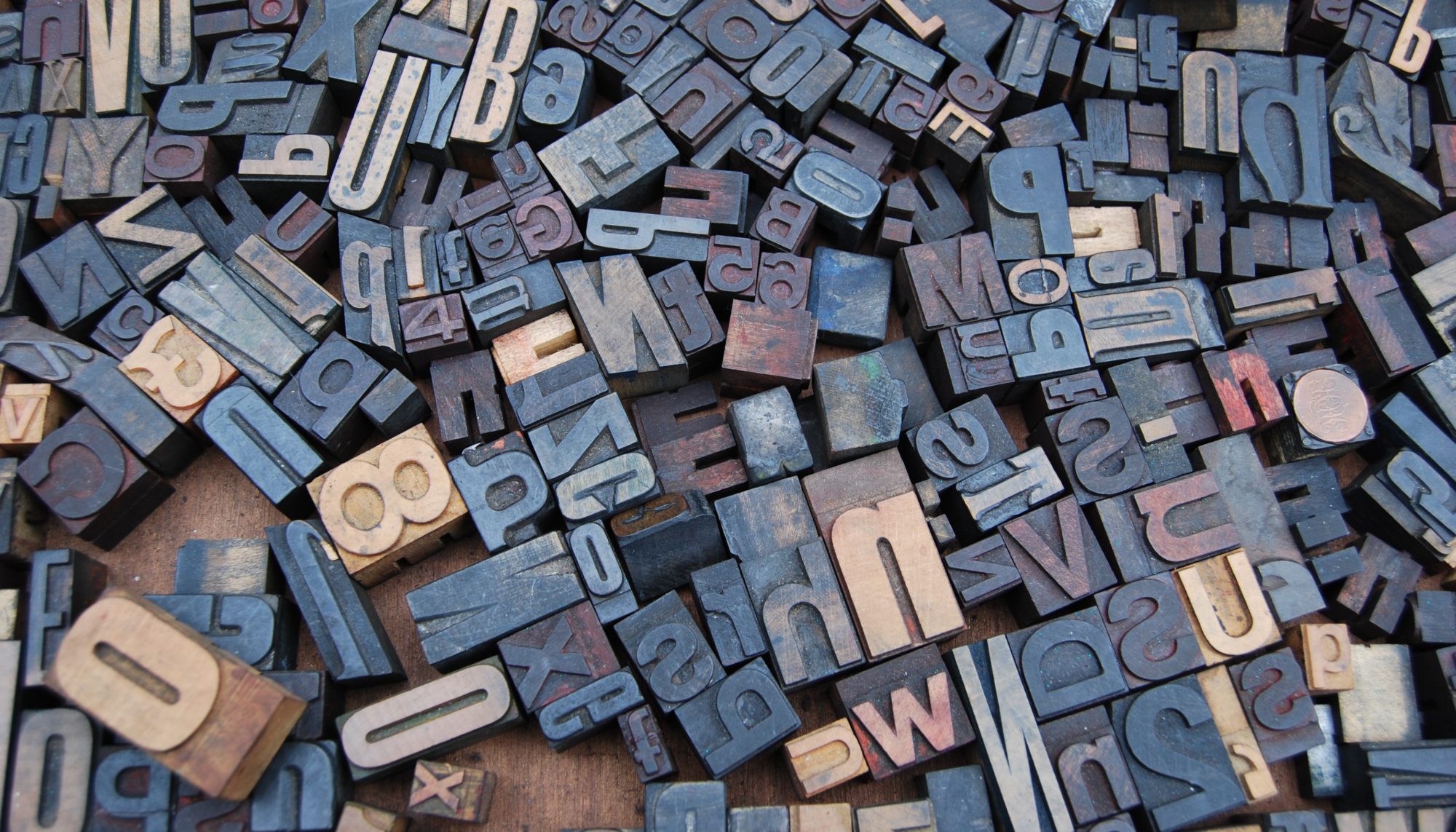In the effort to subjugate women as athletes, many people (usually men) like to argue that nobody watches women’s sports.

It’s not true.
We could talk soccer or tennis or gymnastics, but let me use the past week or so in women’s basketball as an example.
On Monday of last week, 13,163 fans packed Colonial Life Arena in Columbia, SC, to watch No. 1 South Carolina edge No. 9 Mississippi State, 81-79. And that wasn’t the biggest crowd of the week. On Thursday, 13,659 showed out at the XL Center in Hartford to watch No. 3 UConn drop a close one to No. 23 Tennessee, 63-58. The same night, at the KFC Yum Center in Louisville, 7,756 paid to see No. 5 Louisville beat unranked University of Virginia, 71-56, and then, on Sunday, another 11,624 saw the Cardinals rip Pitt, 83-49.
Over the weekend, women’s games drew tens of thousands of fans.
- In Spokane, No. 13 Gonzaga ran away from Loyola Marymount, 78-52, in front of 6,000 people at a sold-out McCarthey Athletic Center.
- In Knoxville, 10,230 showed up at Thompson-Boling Arena to see Tennessee defeat the No. 14 LSU Tigers.
- In Tucson, a rowdy crowd of 10,160 saw No. 18 University of Arizona defeat its in-state rival, No. 16 Arizona State University.
- In Eugene, No. 4 Oregon sold out 12,364- seat Matthew Knight Arena for a rivalry game against No. 7 Oregon State. Oregon won 76-64
- Two nights later, 50 miles away in Corvallis, the Beavers drew a near capacity 9,301 fans to Gill Coliseum for a rematch with the Ducks, who won again, 66-57.
Two nights ago, 13,919 turned up at XL Center in Hartford to see the US Women’s national team fend off UConn, 79-64, with a fourth-quarter surge.
To sum up: eight days; ten games; 108,176 tickets sold.
Get the point?
It’s simply not true that the public isn’t interested in watching female athletes.
The myth is propagated by TV networks, especially ESPN and Fox, who invest so little in broadcasting female athletes.
Let me use my alma mater to illustrate the point. At 1 p.m. Sunday afternoon, the No. 4 Oregon women played No. 7 Oregon State in Corvallis in a back-and-forth contest that was heightened by likely player of the year Sabrina Ionescu’s friendship with Kobe Bryant. The game was broadcast on ESPN2, although ironically the first half was bumped to the ESPN app because of the news of Bryant’s death. Meanwhile, at 2 p.m. Fox TV aired the No. 14 Oregon men hosting a mediocre UCLA team in a snooze fest that was over by halftime.
I watched both. The women’s game was far more compelling. Hands down.
By the way, the Oregon women have been outdrawing the men at home, averaging 10,363 fans at the Matt compared with an average of 7,502 for men’s games.
One last point about the networks:
From Tuesday of this week to Monday of next, 125 mens basketball games will be televised; 45 of them on Saturday alone, including primetime gems like UMass (8-12) at Davidson (10-9). CBS will carry three games and Fox will carry one. Another 19 games will air on ESPN or FS1. The others will air on subESPN channels or regional broadcasters like BTN or the Pac12 Network.
Compare that with the 41 women’s games that will air the entire week. ESPN and FS1 will air three of those games. None of the major networks will carry a women’s game.
It seems the lack of interest isn’t in fans who choose to buy tickets and attend games, but in network executives (almost entirely men) who fail to recognize the untapped potential that exists in women’s sports.






